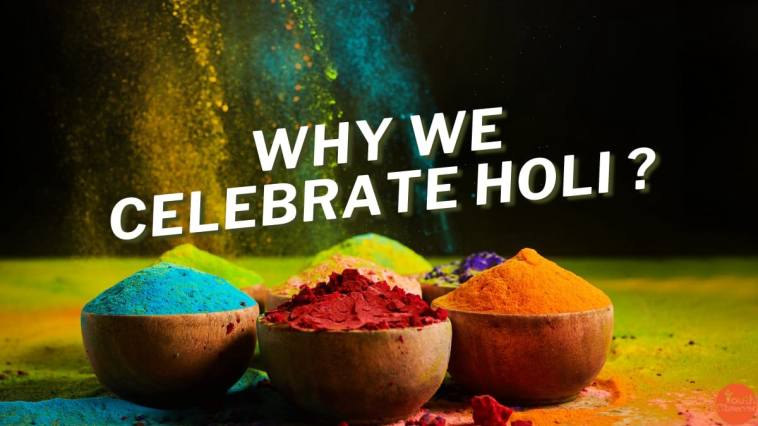Holi, also called the Festival of Colors, is a joyful time celebrated by millions. It signals the start of warm weather in India, saying goodbye to cold winters and welcoming the fresh spring season. Holi is all about love blooming and looking forward to a good harvest. It lasts for a day and night, starting on the Full Moon Day in the Hindu month of Phalguna, usually around March. There are two main parts to Holi: Holika Dahan or Chhoti Holi, happening on the first night, and Holi itself, which is celebrated the next day with various names like Rangwali Holi, Dol Purnima, and Dhulandi.
The Story Behind Holi
Holi has deep roots in Hindu traditions, with many stories passed down through generations. One of these special stories is about Radha and Krishna, who share a beautiful love. Long ago, a wise sage named Garga wrote about their love in a book called the Garga Samhita. The story goes that Krishna worried that Radha wouldn’t like him because he had dark skin and she had fair skin. Krishna’s mother, Yashoda, suggested he let Radha paint his face with any colour she wanted. This loving gesture brought Radha and Krishna closer together, and ever since then, we have celebrated Holi by playing with colourful paints and powders.
There’s another story that shows how good can beat bad. It’s about a king named Hiranyakashipu who was very proud and thought he couldn’t be hurt. He got a special power that made him think he was invincible. But his son, Prahlada, didn’t agree with him. Prahlada believed in Lord Vishnu and didn’t listen to his father. Hiranyakashipu wanted to get rid of Prahlada, so he asked his sister, Holika, for help. They planned to trick Prahlada into sitting in a fire. But something surprising happened. Even though Holika thought she was protected from the fire, it was Prahlada who came out safe. This story is remembered during Holika Dahan, showing how good can win against bad things.
The Cultural Significance of Holi
Apart from these ancient stories, Holi is also linked to the return of Kamadeva, the Hindu deity of love, in this world. According to legend, Goddess Parvati asked Kamadeva for help in bringing her husband, Lord Shiva, back from his profound meditation. The idea of love’s victory over adversity is highlighted by Kamadeva’s sacrifice and Shiva’s subsequent rebirth. The festival of Holi falls on the 40th day following Vasant Panchami.
Holi has always crossed religious lines, with people from all walks of life celebrating the festival’s enthusiasm. All castes were welcome to participate in the celebrations, which promoted inclusion and togetherness during the rule of the Mughal rulers. Historically, Sikhs and Jains have also celebrated Holi, understanding its importance as a time for relationship renewal, forgiveness, and reconciliation.
Basically, Holi is a beautiful way to remember the universal ideals of compassion, love, and good victory over evil. Holi reflects the spirit of unity and joy that cuts across cultural barriers, building friendships and harmony that last beyond the festival’s celebrations as communities gather together to enjoy the rainbow of colours.

